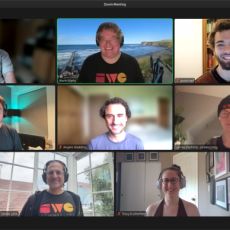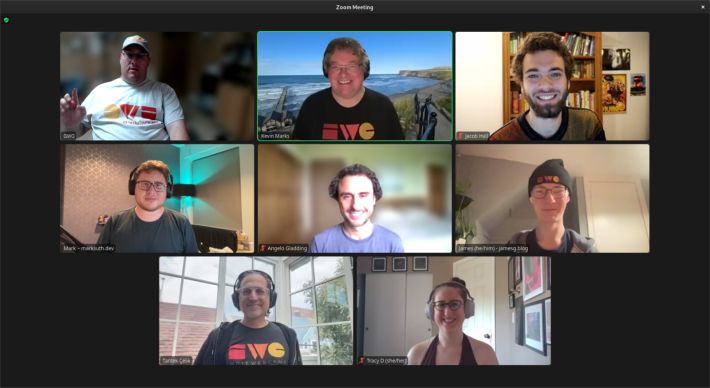IndieWeb Create Day
Join us in the IndieWeb chat and in our Zoom room. Share ideas, create & improve our personal websites, and build upon each other's creations. Whether you’re a creator, writer, blogger, coder, designer, or just someone who wants to improve their presence on the web, all skill and experience levels welcome. Breakout rooms available for those who want to collaborate on the same topic.
All text-based chatting is done in the Indieweb chat. Feel free to join us there to get realtime updates and conversation during the event. There are many ways to join. Click here to pick one.
Put projects you are planning/working on in the Etherpad at https://etherpad.indieweb.org/IWCCreateDay-2022-07-31.
Organizer of the Zoom: David Shanske
We will open the Zoom at 9AM Pacific Time, or earlier for anyone who wishes it on another timezone. At 9AM, we will have Intros and optionally Site Demos, and ask people to share what they want to work on with those in attendance before we get down to work.
Noon-1PM Pacific - Bring Your Own Lunch and Touch Base with the Other Attendees
4PM-5PM - Optionally Demo What You Built
After that, there is no expectation that you stay the whole day...pop in and out as you wish.


Comments
I’ll always maintain that Vannevar Bush really harmed the first few generations of web development by not mentioning the word commonplace book in his conceptualization. Marks heals some of this wound by explicitly tying the idea of memex to that of the zettelkasten however. John Borthwick even mentions the idea of “networked commonplace books”. [I suspect a little birdie may have nudged this perspective as catnip to grab my attention—a ruse which is highly effective.]
Some of Kevin’s conceptualization reminds me a bit of Jerry Michalski’s use of The Brain which provides a specific visual branching of ideas based on the links and their positions on the page: the main idea in the center, parent ideas above it, sibling ideas to the right/left and child ideas below it. I don’t think it’s got the idea of incoming or outgoing links, but having a visual location on the page for incoming links (my own site has incoming ones at the bottom as comments or responses) can be valuable.
I’m also reminded a bit of Kartik Prabhu’s experiments with marginalia and webmention on his website which plays around with these ideas as well as their visual placement on the page in different methods.
MIT MediaLab’s Fold site (details) was also an interesting sort of UI experiment in this space.
It also seems a bit reminiscent of Kevin Mark’s experiments with hovercards in the past as well, which might be an interesting way to do the outgoing links part.
Next up, I’d love to see larger branching visualizations of these sorts of things across multiple sites… Who will show us those “associative trails”?
Another potential framing for what we’re all really doing is building digital versions of Indigenous Australian’s songlines across the web. Perhaps this may help realize Margo Neale and Lynne Kelly’s dream for a “third archive”?